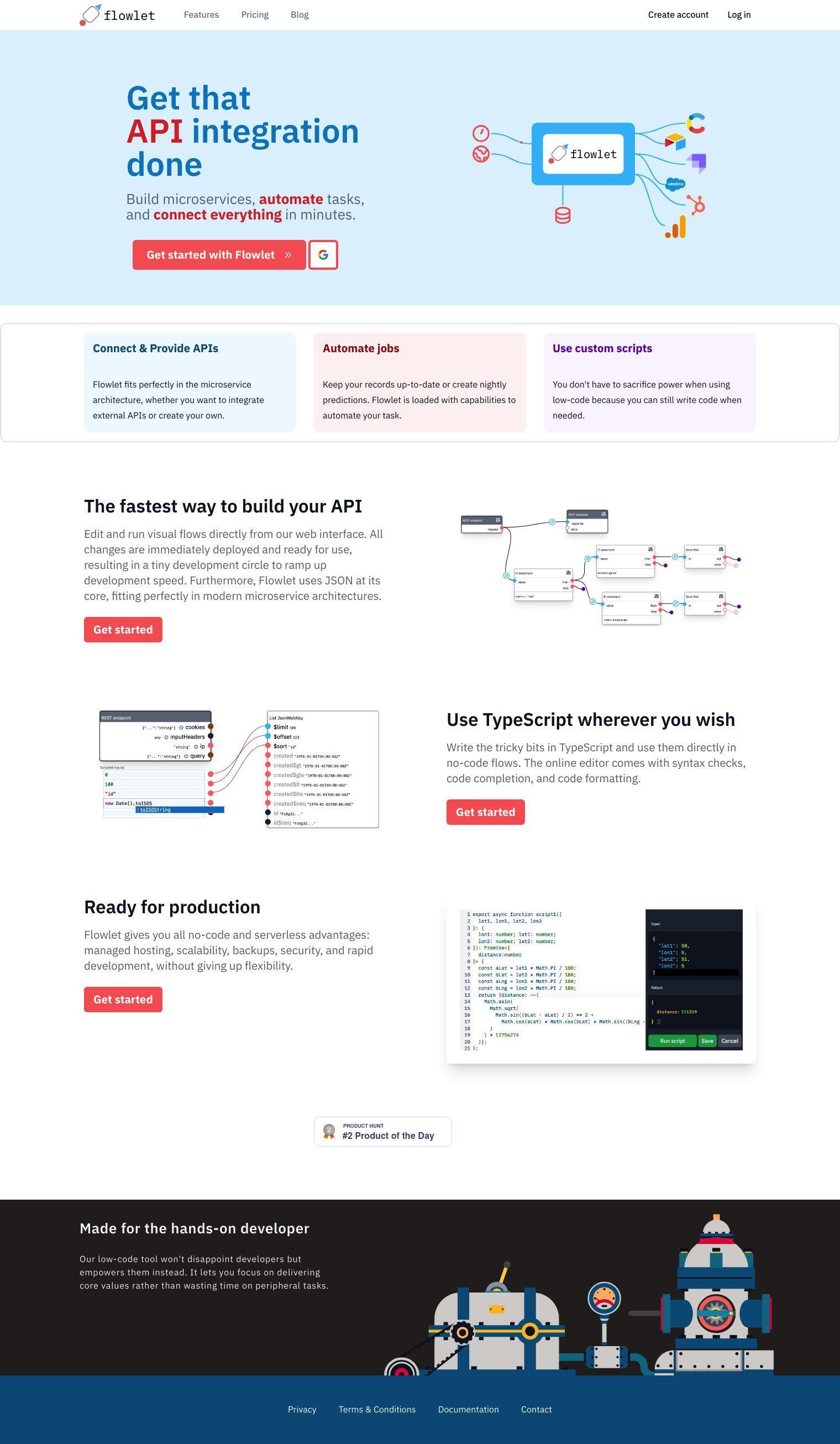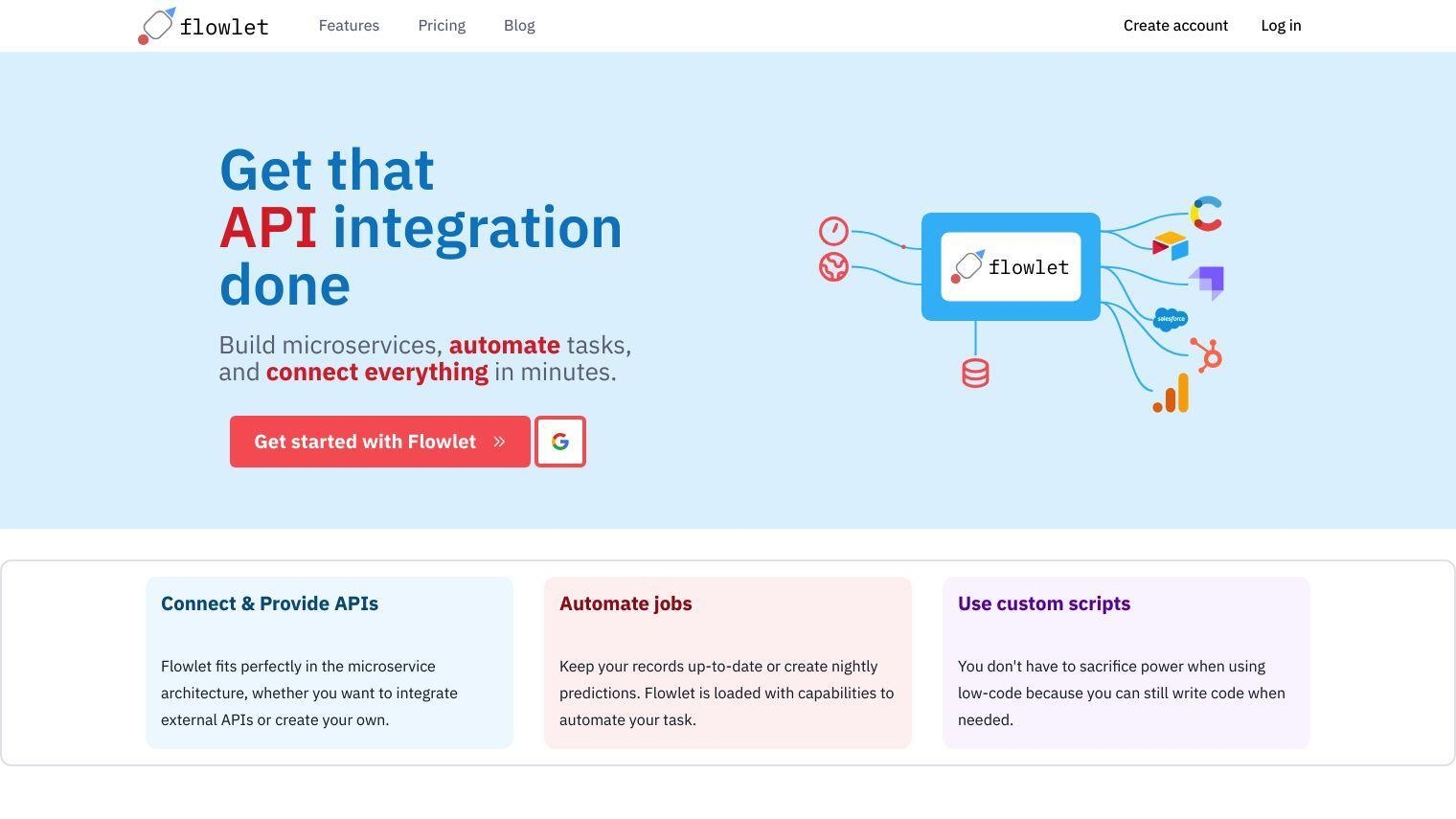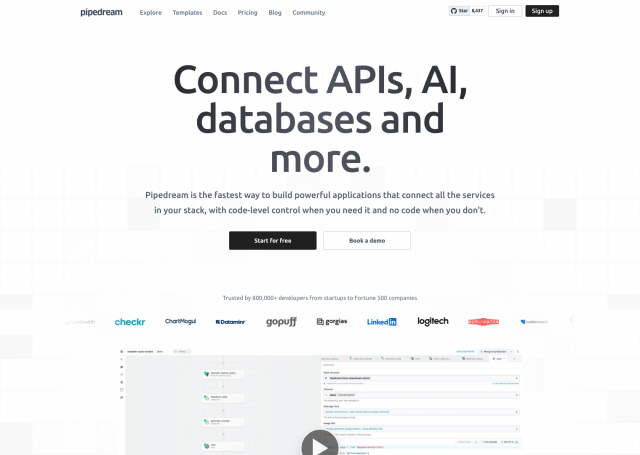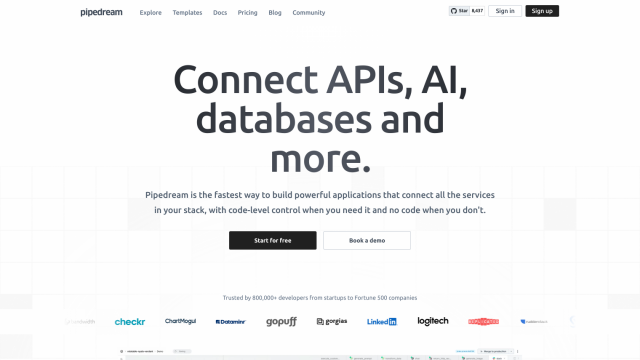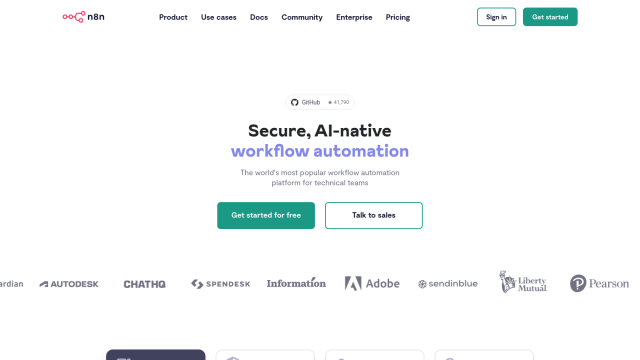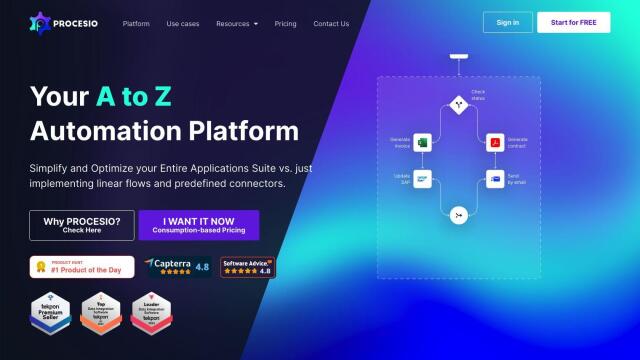Flowlet is a low-code platform that's designed to make it easier to integrate APIs, automate processes and link different components together. It's geared for microservice designs, letting you tap into other people's APIs or create your own. It can also automate processes like updating records or running predictive models.
Flowlet has a number of features that make it useful:
- Visual Flows: You can create and run flows right in the web interface for quick development.
- Custom Scripts: You can add your own code with the TypeScript programming language, with syntax checking, code completion and code formatting.
- Managed Hosting: Cloud hosting that scales up or down, with security, backups and quick deployment.
- REST Endpoints: Create and manage APIs with webhooks, cron jobs and processing incoming mail.
- Re-usable Flows: Create modules that can be reused in other flows.
- Function Library: You can use HTTP requests, SQL, internal database access, logging, cryptography and more.
Flowlet charges by the hour for usage, with a base rate for active workspaces and a lower rate for standby workspaces. Each active workspace costs $0.10 per hour ($72.00 per 30 days), and standby workspaces cost $0.05 per hour ($36.00 per 30 days). There are extra charges for database and file storage usage.
Developers should find Flowlet useful for delivering the core value of their work without being sidetracked by supporting tasks. The low-code design lets you add custom code when you need it. The platform is good for anyone integrating APIs, creating microservices and automating tasks.
For more details, check out the Flowlet website to learn more about its features, pricing and documentation.
Published on June 13, 2024
Related Questions
Tool Suggestions
Analyzing Flowlet...
